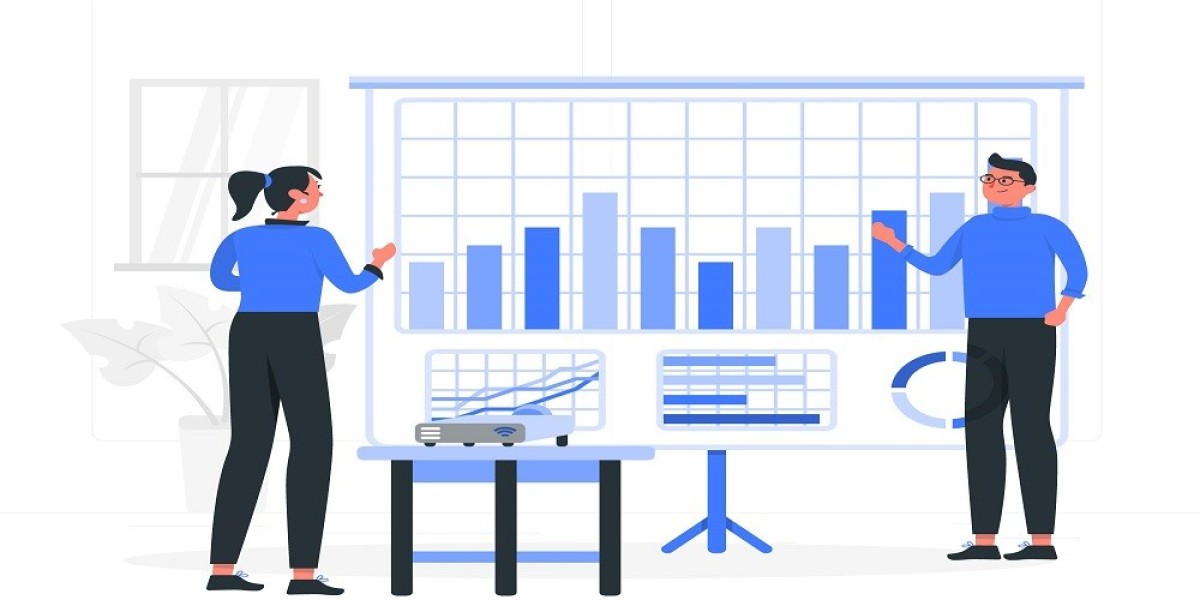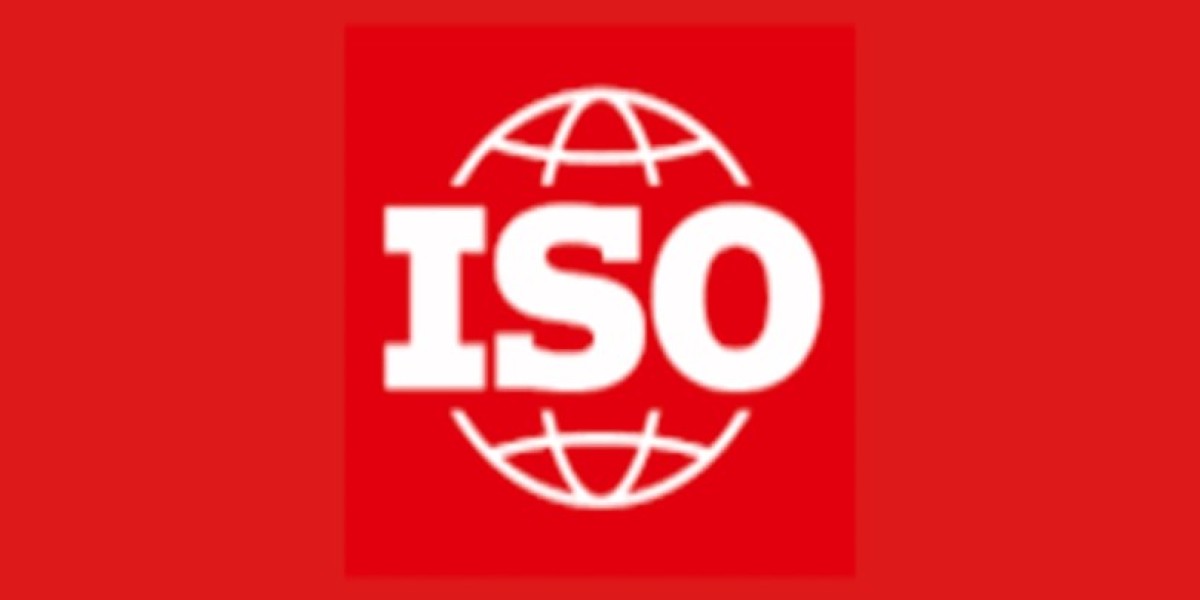In the competitive world of dropshipping, leveraging advanced advertising tools can significantly enhance your marketing efforts, driving traffic, conversions, and ultimately, profitability. Here are some advanced tools and strategies to consider:

1. Google Ads
Google Ads offers powerful tools for targeting potential customers through search, display, and video ads. Utilize features like keyword targeting, remarketing, and dynamic search ads to reach users actively searching for products related to your niche. Use Google's audience insights and conversion tracking to optimize campaigns for maximum ROI.
2. Facebook Ads
Facebook Ads provides robust targeting options based on demographics, interests, behaviors, and custom audiences. Leverage tools like Lookalike Audiences to expand reach to new prospects similar to your existing customers. Use Facebook Pixel for tracking conversions, optimizing ad delivery, and retargeting users who have interacted with your website.
3. Instagram Ads
As a visual platform, Instagram Ads allow you to showcase products with compelling imagery and videos. Use Instagram's targeting capabilities, including demographics and interests, to reach a highly engaged audience. Collaborate with influencers for sponsored posts to tap into their followers' trust and influence.
4. Pinterest Ads
Pinterest Ads are ideal for products that appeal to users seeking inspiration and planning purchases. Promote your products with visually appealing Pins and utilize Pinterest's targeting options based on interests, keywords, and demographics. Leverage Rich Pins for enhanced product information and higher engagement rates.
5. Programmatic Advertising
Programmatic advertising uses automated bidding and real-time data to target audiences across various websites, apps, and digital platforms. Use Demand-Side Platforms (DSPs) to manage programmatic campaigns efficiently, optimize ad placements, and reach your target audience at scale.
6. Retargeting and Remarketing
Retargeting allows you to re-engage users who have previously visited your website or interacted with your ads. Implement dynamic retargeting ads that showcase products viewed by users to encourage them to complete their purchase. Use platforms like AdRoll or Google Ads for effective retargeting campaigns.
7. Native Advertising
Native ads seamlessly blend into the user experience of websites and platforms, enhancing engagement and click-through rates. Use platforms like Taboola or Outbrain to distribute sponsored content that matches the look and feel of the publishing site while promoting your products subtly.
8. Video Advertising
Video ads are highly effective in capturing attention and conveying product benefits. Use platforms like YouTube Ads or TikTok Ads to create engaging video content that showcases your products or tells compelling stories. Leverage targeting options and analytics to optimize video campaigns for conversions.
9. Analytics and Conversion Tracking
Utilize advanced analytics tools like Google Analytics, Facebook Pixel, or third-party analytics platforms to track ad performance, user behavior, and conversion metrics. Analyze data to optimize campaigns, identify high-performing audience segments, and allocate budget effectively based on ROI.
10. A/B Testing and Optimization Tools
Conduct A/B tests to compare different ad creatives, headlines, calls-to-action, and targeting options. Use tools like Optimizely or Google Optimize to experiment with variations and identify which elements drive the best results. Continuously optimize campaigns based on insights gained from testing.
Conclusion
By harnessing the power of Advanced Ad Tools for Dropshipping can optimize their marketing strategies, reach targeted audiences effectively, and drive sales growth. Whether you focus on search engine marketing, social media advertising, programmatic campaigns, or native ads, integrating these tools strategically can elevate your dropshipping business and maximize profitability in the competitive e-commerce landscape.








